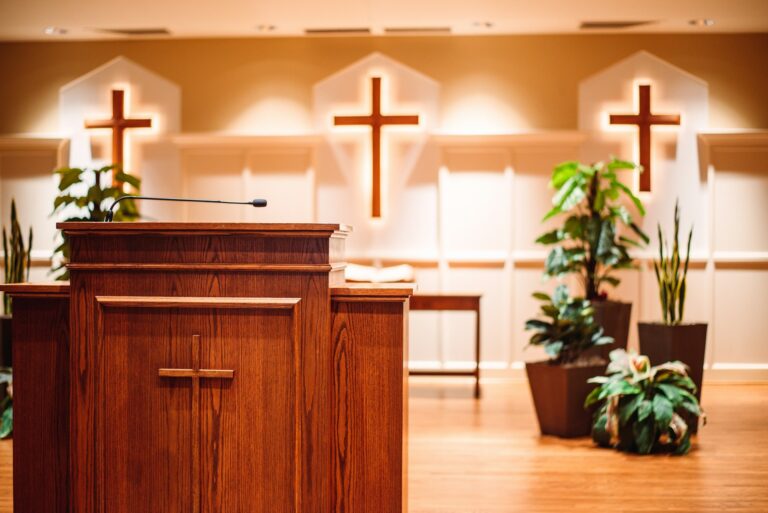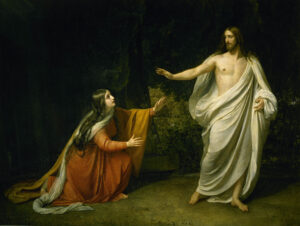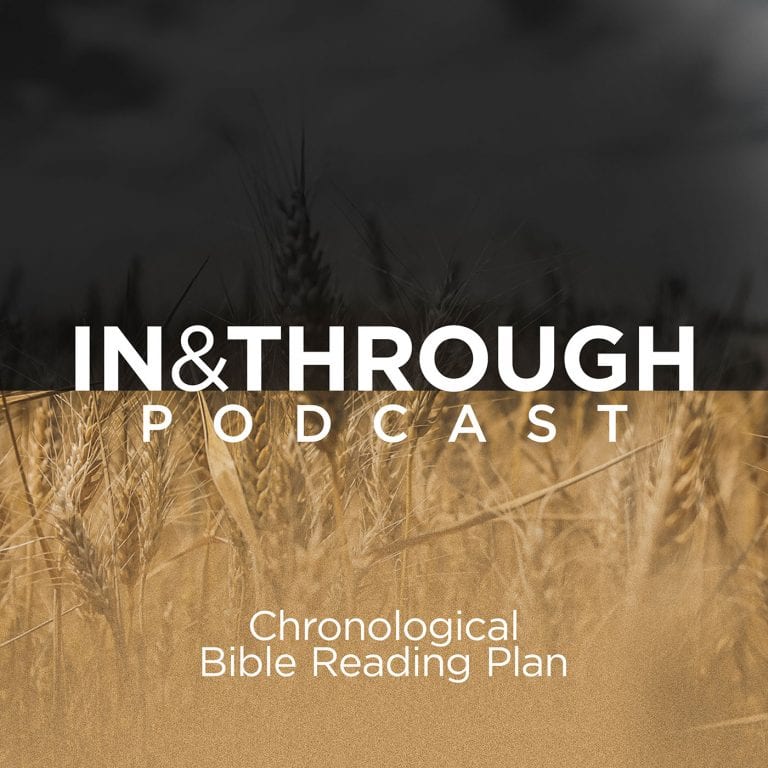It may be tempting to think that the year 1517 — when Luther famously wrote his Ninety-five Thesis — brought about the Reformation and hence clearly demarcated a unified Protestantism from Roman Catholicism. It may be tempting to think this way, but it is not accurate.
The Reformation was far more complicated. For one, the first Reformers were not actually looking to break away from the Catholic Church, but to reform it. It would only be many years later that such reform was unrealized, and a subsequent break ensued. Secondly, the Reformation was bigger than Luther and Wittenberg, Germany — others across Europe were looking to bring reform independent from Luther’s leadership and theology. The Reformers did not always see eye to eye, and this led to different movements and hostility between these movements. One contemporary of Luther who had his own vision of reform was Huldrych Zwingli (1484–1531), and he wanted to see this vision take shape in Zurich, Switzerland.
In Stephen Brett Eccher’s recent book, Zwingli the Pastor: A Life in Conflict, Eccher looks to add to the scholarship on Zwingli studies, an influential and important first-generation Reformer. Eccher is clear to state that this book “is not a traditional biography” but a study of Zwingli’s ministry as a pastor in Zurich, with attention given to “how conflict shaped and informed his pastorate, while also providing the context for his developing theology” (p. 4).

Zwingli the Pastor: A Life in Conflict
It may be tempting to think that the year 1517 — when Luther famously wrote his Ninety-five Thesis — brought about the Reformation and hence clearly demarcated a unified Protestantism from Roman Catholicism. It may be tempting to think this way, but it is not accurate. The Reformation was far more complicated
Following a biographical sketch in the introduction, the book is divided into six chapters. Chapter one is on Zwingli the preacher. Eccher highlights the central place of the Scriptures in Zwingli’s reform work and his commitment to preach lectio continua (through books of the Bible) rather than according to the liturgical calendar. This continual, faithful preaching of Scripture was central to Zwingli’s ministry. As Eccher succinctly put it, “Gospel seeds sown produced Reformation fruit” (p. 36).
Chapter two is on the changes Zwingli made to the worship practices more generally. Here one reads of Zwingli slowly and progressively looking to bring reform as he moved the church away from Catholicism and toward the Reformed faith. This change was not something that happened overnight. One significant shift came about through Zwingli’s iconoclasm. Zwingli worked with the Council as the “shared commitment to remove images was to be carried out in an orderly manner” (p. 67). Another thing of note is that, by 1525, Zwingli stopped using public singing. Then, in the same year, Zwingli stopped the practice of the Mass, and instead had the observance of the Eucharist take place only four times a year.
Chapter three details how Zwingli viewed the gospel and its implications for Christian living. For Zwingli, “Confession and action were inextricably linked” (p. 107). Hence, one’s belief in the gospel were to have a practical impact on how one lives for Christ.
In chapter four, Eccher speaks of the central theme of God’s sovereignty as displayed in Zwingli’s life and thought. Zwingli at one point was deathly ill with the plague; however, following his recovery, he wrote a hymn known as “Plague Song.” As Eccher writes, “Two motifs from the hymn became guiding principles for Zwingli’s reforming work and themes dominating his theology: sole dependence upon Christ and God’s divine providence” (p. 123). Eccher points out how Zwingli’s thought on God’s sovereignty developed overtime, and in Zwingli’s mature thought, he held that absolutely all things were ordained by God.
Chapter five focuses on Zwingli’s different relationships. One reads here of how those around Zwingli both influenced and partnered in his ministerial work. One also learns of Zwingli’s initial relationship with those who would later become Anabaptists, and Zwingli’s staunch opposition to rebaptism, as he “worked with the Zurich Council to legally make rebaptism a capital crime” (p. 154). Thus, one reads of both those who Zwingli partnered with, and opposed, in his pursuit of reformation.
Chapter six is on Zwingli’s view of the Eucharist, a contentious and often misunderstood doctrine. Eccher challenges the notion that Zwingli was simply a “mere memorialist” and places Zwingli’s thought within his larger Covenantal theology. One area that Eccher could have expounded on further in this chapter is how exactly Zwingli’s Eucharistic theology fits within the broader Reformed movement. It is evident Zwingli’s view differed from the Catholic and Lutheran positions; however, how did it compare to others in the Reformed camp? A comparison between Zwingli and figures such as Bucer, Calvin, or Vermigli on the Eucharist may have been helpful here to see where Zwingli’s position landed within the greater Reformed tradition.
In the conclusion, Eccher offers the reader five theses that he hopes “will guide you in your own remembrances of a vilified and lauded Reformer” (p. 201). To be sure, when one reads of a figure like Zwingli, there are times of both inspiration and horror. In a day when diligent study can sometimes be taken less seriously, one can be inspired by Zwingli’s strident work in studying the Scriptures in the original languages. Zwingli, as a Renaissance humanist, embodied the often-coined mantra ad fontes — an ongoing call to consistently return to the sources, to return to the Scriptures and to faithfully study, read, and preach them. Yet on the other hand, one also reads of the lengths Zwingli went to bring the reform he envisioned. Such a vision led him to stand idly by as his former friend —Felix Manz —was drowned for his Anabaptist beliefs. Zwingli wanted reform, but he wanted it on his terms.
Zwingli’s life and ministry is marked by tension and conflict. His ministry is not to be fully emulated, but it is not to be completely ignored, either. There is much to glean from Zwingli, and Eccher has provided the church and academy with an accessible and engaging volume to do just that. It will be of interest to a wide range of readers, not the least pastors and scholars, and to those looking to engage with the past for the sake of the Church in Canada today.




















